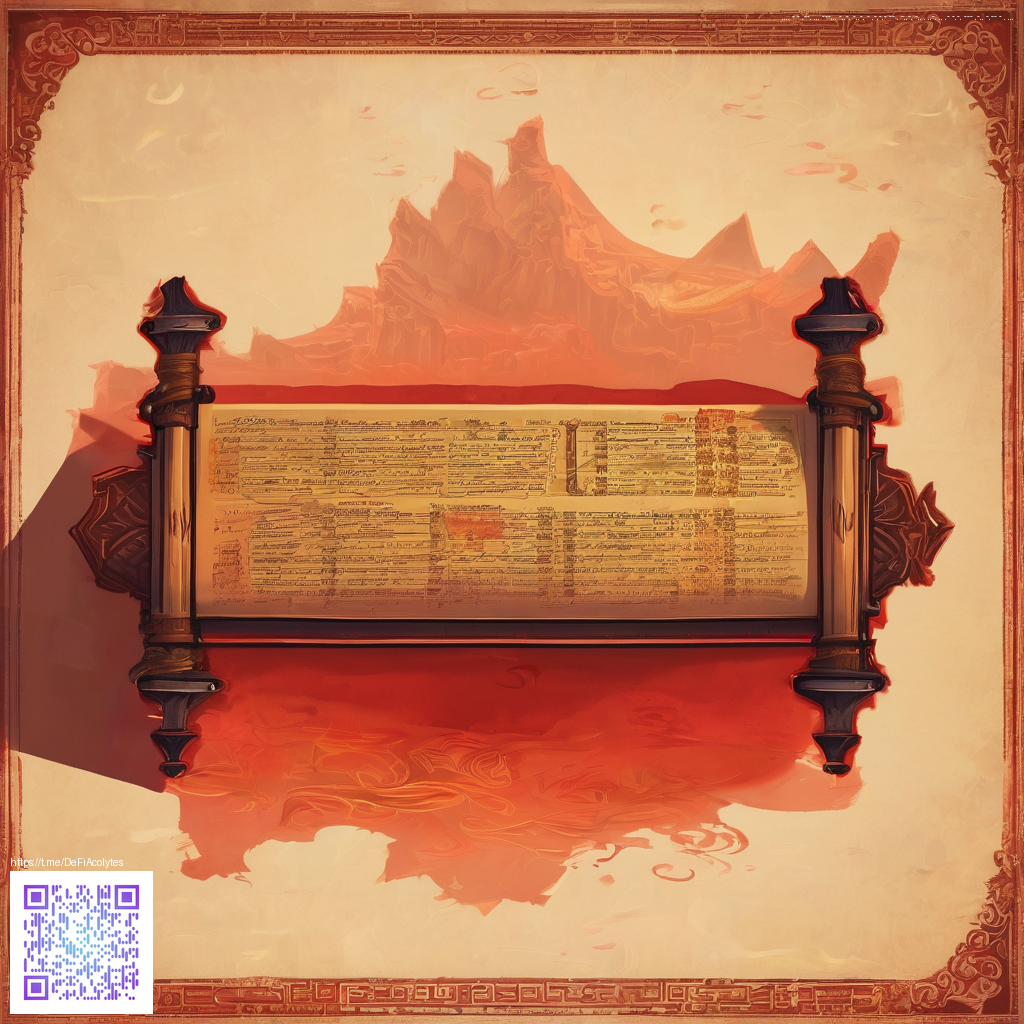
Defining an era through gameplay innovation
The legend continues to echo through player halls and stream chats alike as the open world set piece grows beyond a single journey. This title arrives with a toolkit that changes how we think about puzzles, exploration, and maker culture in a living world. It is not just about the next boss or the next shrine; it is about the way players reinterpret terrain, physics, and common objects into something surprising. In practice the game fosters a vibe of experimentation that ripples outward into community driven design, mods, and remix style play that marks a distinct moment in the series history.
At the heart of this era shifting shift lies a trio of core systems that players lean on to bend reality to their will. The first is a hands on manipulation mechanic that lets you grip and reposition world elements with ease. The second opens up a language for creating new items by combining disparate components. The third glides you back through time as you trace your steps in reverse to sculpt a solution from memory. Together these ideas create a playground where puzzle solving becomes invention, and invention becomes play. The effect is not only moment to moment delight but a creative ecosystem that rewards risk and curiosity.
Gadgets that redefine problem solving
Ultrahand makes the world feel soft and malleable. It invites a kind of tinkerer mindset where you test a sequence of placements and pivots until a path opens. Fuse lets you merge objects into improvised tools, turning mundane items into lock picks for a hidden door or a makeshift grappling hook for a distant ledge. Recall rewrites memory as a time based tool that lets you pull past platforms into the present, granting access to routes you would otherwise miss. Ascend eliminates a barrier by turning ceilings into floors, opening vertical spaces that were previously out of reach. These systems are not isolated tricks; they weave into the game flow so frequently that players retain an instinct for creative layering during combat, platforming, and exploration. Community videos routinely showcase clever gadget builds that solve puzzles in inventive ways, and that energy spreads across platforms and play styles.
Update cadence reinforces this shift. Patch notes across versions have refined balance and stability while preserving the creative edge. Version 1.2.1 addressed map related quirks and a treasure chest interaction bug, smoothing out a detour that could break a fine tuned run. Later updates nudged the experience toward stronger cross platform parity with a version 1.4.2 that tidied up lingering issues and adjusted notes in the Zelda Notes stack for broader accessibility. Each patch keeps the sandbox open while addressing the rough edges that can disrupt a dream run. The result is a living, breathing world that evolves with its own culture of discovery.
Community insights and the maker culture
Players have turned inventive mechanics into an interpretive art form. The community sculpts not only its own solutions but entire sub ecosystems around gadget design. Speed runners test new gadget configurations for speed routes that feel like improv theater with physics as the stage. Content creators translate these experiments into tutorials that map out the logics behind a chain of actions, inviting more players to remix and reimagine. The result is a feedback loop that accelerates innovation and keeps the game feeling fresh long after a first playthrough. This is the kind of cultural shift that sticks with a player base and becomes a defining memory of an era.
Modding culture remains a nuanced topic inside a corporate supported sandbox. Fans push the boundaries by exchanging texture packs, UI tweaks, and new challenge ideas that push the base design into unfamiliar territory. While official mod support may lag behind the fever pitch of pure experimentation, the spirit of user generated content remains vibrant. It is part of a broader movement that sees the game as a platform for creativity rather than a single destination. That momentum matters, because it signals how a game can shape a generation of players into designers and storytellers in their own right.
Developer perspective and the storytelling frame
Interviews with key developers emphasize the philosophy behind these tools and the world building choices. The creative team talks about a desire to empower players with a broad set of possibilities rather than prescribing a single path through a space. In practice this leads to moments of discovery that feel earned, as players stumble onto a trick that was never spelled out in the manual. The discipline of balancing a toolkit that remains approachable while deeply capable is tricky, but it pays off in the form of a player base that treats the game as a platform for imagination. The designer’s commentary highlights how this era aligns with a broader trend in modern sandbox titles that prize player agency and emergent storytelling.
As the discourse around the title matures, the conversation naturally grows toward accessibility and long term health of the game ecosystem. Moderation of content and community guidelines helps maintain a welcoming space where builders can share their experiments without fear of gatekeeping. The overall mood remains celebratory yet grounded, as players acknowledge both the craft of the developers and the collective energy of the fan base. The era feels defined not by a single breakthrough but by a sustained tempo of invention and collaboration that multiplies the effect of each individual discovery.
To support communities that keep this fire burning, consider a small contribution that speaks to a shared belief in decentralized networks. A donation option is available below, inviting fans to support ongoing development and community led initiatives. The message here is simple yet powerful a decentralized model thrives when participants invest in one another and in the spaces they share. 💠
Donation and a note on the decentralized future Support a decentralized internet
Donate now